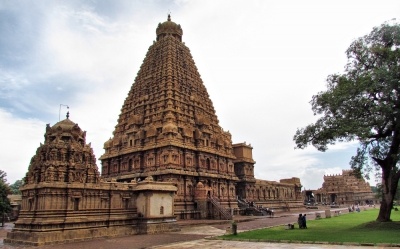
1. Pampakshetra of Kishkindha
Hampi was traditionally known as Pampakshetra of Kishkindha. It takes its name from the Tungabhadra river, which was historically called Pampa. As years passed, Pampa came to be known as Pampe, and Hampi is the anglicised version of this name. Another legend has it that Hampi was originally the monkey kingdom of Kishkindha, which finds mention in the Ramayana. This is the place where Rama is said to have met Hanuman.
2. Ruled by many
Hampi is popularly known as the capital of the Vijayanagara empire. But before the rise of this empire in the 14th century. Hampi is believed to have been in the hands of the chiefs of Kampili. As early as the third century. the region is said to have been a part of the Maurya empire. The city was at its peak during the Vijayanagara rule when most of the monuments came up. The Hampi we see today. however, is how the Deccan Sultanate had left it. The Sultanate besieged the city in 1565 and destroyed several of the monuments over a period of six months.
3. A city of monuments
Today. Hampi has over 1,600 surviving remains which include forts, royal and sacred complexes, temples, riverside features, mandapas, and memorial structures Most of the monuments were built in the Dravidian style, while some were in the Indo-Islamic style of architecture. Many of the temple complexes in the ruined city were once surrounded by tanks and bazaars.
4. The SAREGAMA pillars
The Vittala temple is one of the prominent monuments in Hampi. The temple is known for its magnificent architecture. This includes 56 melodic columns, also known as musical pillars. When these pillars are tapped gently, they create musical sounds. It is fascinating to many since the pillars are constructed out of stone. The musical pillars are also called the SAREGAMA pillars.
5. A temple with an inverted tower!
The Virupaksha temple in Hampi is one of the oldest surviving temples in the world, having been built in the 7th Century. The temple, dedicated to Shiva, has withstood the test of time. There is a dark chamber with a small opening in the temple complex which exhibits a pinhole camera effect during the day. When the sun’s rays pass through this tiny opening, and fall on the western wall of the complex an inverted shadow of the main temple tower can be seen.
Picture Credit : Google

